How to Get Perfect Custom Aluminum Die Casting?
This blog helps you get perfect custom die casting. Learn how RFQs help find prices. See how CAD helps design parts. Understand CNC machines for precise cuts. Learn about molds and metal specs.
Get details on A380, AZ91, and other alloys. Each step ensures great parts. This blog shows you all steps. Let’s make perfect parts together!
What is Custom Die Casting?
Custom die casting makes metal parts special. The mold shapes metal with high precision. It uses metal alloys like A380 and A360. Die casting machines can have 400-450 tons of clamping force.
The molten metal fills the mold fast. The mold cools, and the metal hardens. Ejector pins then push out the finished part. Parts have smooth surfaces and accurate dimensions. This process helps make car parts and gadgets. Custom die casting improves production quality.
How to Design Custom Die Casting Parts?
Tolerances
Custom Die Casting makes sure pieces fit right. Use a caliper to measure. It must be exact, like 0.01mm. Next, CNC machines cut parts very precise. The mold’s shape needs careful checking.
Any mistake can change the piece. Quality control tools test every part. They find tiny errors. Engineers adjust specs to fix problems. Micrometers help see tiny gaps.
Good tolerances keep pieces working well. Now, all parts fit like a puzzle. Careful work ensures success in making parts.
Complex Geometry
Shapes can be tricky. Engineers design molds with CAD software. Curves and angles need attention. Each line must match. CNC mills cut these shapes. Machines use G-code for commands. Next, check all the angles. They must be perfect.
3D printers make some test parts. Precision is important. Engineers use simulations to see if pieces fit. If not, they change the design. Good geometry means parts work well. Making complex shapes takes skill and care.
Surface Finish
Parts need to be smooth. Polish the custom aluminum die casting mold. Buffing wheels make it shiny. Then, check for tiny bumps. Sandpaper helps smooth rough spots. Next, apply a coating. This helps with release. Inspect for scratches. Fix any flaws.
The finish must be even. Glossy or matte, it needs to look right. Finally, check under a light. The surface should be perfect. Smooth parts are key for good products. Nice finishes make everything better.
Draft Angles
Draft angles help parts come out. Set the angle in CAD. The mold needs these angles. Next, CNC machines cut them. Angles must be just right. Check with a protractor. If the angle is off, fix it.
Draft angles stop parts from sticking. They help with release. Engineers test the mold. Good angles mean easy release. Fix any problems early. This makes the process smooth. Draft angles are important for good casting.
Ejector Pins
Ejector pins push parts out. Place them in the die casting mold. They need to be strong. Next, check the placement. They must not leave marks. Pins should move smoothly. Engineers test the pins. They push parts out gently. Adjust if needed. Ejector pins stop parts from getting stuck.
They help with quick release. Check pins often. Make sure they work well. Ejector pins make the custom die casting process faster and better.
Parting Line
Parting lines split molds. First, design the line in CAD. It must be exact. Next, CNC machines cut the mold. Check the line for accuracy. It should be smooth. Parting lines help in separating molds. Engineers inspect the line. Fix any gaps or overlaps. Good lines ensure clean parts.
If there’s a problem, adjust the mold. Parting lines make the process easier. Accurate lines are key for quality parts.
What Materials are Best for Custom Die Casting?
Aluminum Alloys
Aluminum alloys are very strong. Engineers like them for many parts. First, mix aluminum with silicon. This makes it better. Aluminum alloys can handle heat well. They are good for car parts. Some numbers to know: A360, A380, and A390. These are types of aluminum.
Each type has a use. They need to be lightweight. Airplanes use aluminum too. Alloys make things strong and light. They help make good parts. Engineers pick aluminum often.
Zinc Alloys
Zinc alloys are tough. Mix zinc with aluminum. This makes ZAMAK. It is strong. Engineers use it for small parts. Zinc alloys can be cast easily. ZAMAK 3, ZAMAK 5, and ZAMAK 7 are types.
Each type has a job. They resist wear. Toys and tools use zinc alloys. Zinc alloys can be plated. This makes them look nice. They are also cheap. Engineers choose zinc for many customized aluminum die casting parts. Zinc is a smart choice.
Magnesium
Magnesium is very light. It is good for cars. Mix magnesium with aluminum. This makes it stronger. AZ91D is a common type. It is very strong. Magnesium parts are easy to cast.
They are used in laptops. Magnesium cools down fast. This is good for engines. It is also used in cameras. Magnesium helps parts be light and strong. Engineers like it for many things. Magnesium is special and useful.
Copper
Copper is very good. It is used for many parts. Mix copper with tin. This makes bronze. Copper alloys are strong. They resist rust. C11000 and C22000 are types. Each type has a job. Copper is used in pipes. It is also used in coins. Copper can handle heat well. It is easy to cast. Copper parts are shiny. Engineers like copper for many uses. Copper makes parts work well.
Lead
Lead is very heavy. It is used in some parts. Mix lead with tin. This makes it stronger. Lead alloys are soft. They can be shaped easily. Engineers use lead for weights. They also use it for shields.
Lead blocks radiation. Pb-Sn is a common type. It is strong. Lead alloys can be cast. They are also used in batteries. Engineers pick lead for special uses. Custom die casting helps make safe parts.
| Material | Density (g/cm³) | Melting Point (°C) | Tensile Strength (MPa) | Thermal Conductivity (W/m·K) | Corrosion Resistance | Cost |
| Aluminum Alloys | 2.7 | 660 | 90-690 | 205 | Good | Low |
| Zinc Alloys | 7.0 | 419 | 210-260 | 113 | Excellent | Moderate |
| Magnesium | 1.74 | 650 | 180-300 | 156 | Fair | High |
| Copper | 8.96 | 1085 | 210 | 401 | Poor | High |
| Lead | 11.34 | 327 | 18 | 35 | Poor | Low |
Table on What Materials are Best for Custom Die Casting!
How to Choose the Right Custom Die Casting Method?
Gravity Die
Gravity die uses gravity. Liquid metal fills the mold. Engineers call it “pouring.” The mold is steel. Gravity die casting is for small parts. A356 is a common alloy. The process is slow but precise. Check molds for cracks. Good molds make good parts. Engineers measure with calipers.
Inspect for bubbles. Quality control is important. Repeat the process many times. Each part needs checking. Gravity die casting is reliable. This method makes sturdy parts.
Pressure Die
Pressure die uses high pressure. Metal is injected into molds. This method is fast. Aluminum A380 is used often. Machines push metal quickly. Check molds for leaks. Inspect parts for flaws. Engineers use pressure gauges. Consistency is key. Pressure die casting is good for many parts.
Each part must be smooth. Quality control checks every piece. Adjust machines as needed. This method makes many parts quickly. Pressure die casting is efficient and strong.
Squeeze Casting
Squeeze casting uses pressure. Liquid metal is squeezed into molds. Engineers use magnesium AZ91. This method makes strong parts. Inspect molds for wear. Check parts for cracks. Squeeze casting is precise. Quality control is important. Engineers use special tools.
Each part is inspected. The process repeats many times. Consistency is key. Adjust machines if needed. Custom die casting makes durable parts. Engineers like this method. It is good for detailed parts.
Hot Chamber
Hot chamber uses a furnace. Metal stays hot. Engineers use zinc ZAMAK. Machines inject metal into molds. This method is fast. Inspect molds for damage. Check parts for defects. Engineers use thermocouples. Temperature is important. Hot chamber casting is good for small parts.
Quality control checks every piece. Machines need adjusting often. Each part must be perfect. Hot chamber casting is reliable. Engineers choose this method for many products.
Cold Chamber
Cold chamber uses cold molds. Metal is heated separately. Engineers use aluminum A360. Metal is poured into molds. Check molds for cracks. Inspect parts for flaws. Engineers use thermometers. Consistency is key. Cold chamber casting is slow but precise.
Each part needs checking. Quality control is important. Machines need adjusting. Custom die casting makes strong parts. Engineers like this method. It is good for large parts. The process repeats many times.
Centrifugal
Centrifugal casting uses spinning molds. Metal is poured into the center. Engineers use copper C11000. The mold spins fast. Inspect molds for balance. Check parts for defects. Engineers use tachometers. Speed is important. Centrifugal casting makes round parts.
Each part needs inspecting. Quality control is crucial. Adjust machines for balance. Consistency is key. Centrifugal casting is precise. Engineers choose this method for pipes and rings. The process is reliable.
How to Ensure Quality in Custom Die Casting?
X-ray Inspection
X-ray machines see inside die-cast parts. Cracks and holes are seen clearly. 3D images show all flaws. High-energy beams find tiny bubbles. X-ray inspection keeps parts strong. Faulty parts can break. Checking the inside helps safety. X-rays work fast. They inspect many parts.
Thick parts need strong X-rays. X-rays look through metal. Inspectors check the screens. Each part gets scanned. Only good parts pass. X-ray inspection ensures quality. Parts stay strong with X-rays.
Dimensional Checks
Dimensional checks measure parts’ shapes. Precision tools are used. Calipers and micrometers check sizes. Length, width, and height are measured. Parts fit well with checks. Small errors are found. Exact fits are needed. Gauges ensure parts match designs. Good parts fit tight.
Large errors cause problems. Dimensional checks are fast. Each part is checked. Tools measure very small sizes. Accurate checks ensure quality. Each part passes inspection.
Material Testing
Material testing checks metal strength. Hardness tests measure surface resistance. Tensile tests stretch metal to check strength. Impact tests hit metal hard. Strong metal parts last longer. Weak parts break easily. Tests keep parts safe. Quality parts pass all tests.
Machines test many parts. Testing is quick. Each test is important. Parts are strong if they pass. Safe parts are made. Custom die casting uses good materials to make good parts.
Surface Analysis
Surface analysis checks part surfaces. Inspectors look for cracks and rough spots. Smooth surfaces are best. Rough spots weaken parts. Inspectors use microscopes. They see tiny details. Parts are polished smooth. Smooth parts fit better. Rough parts are fixed.
Surface checks find flaws. Good surfaces are shiny. Inspectors see all parts. Each part is checked. Surface analysis is important. Smooth parts last longer. Quality die-cast parts need smooth surfaces.
Defect Identification
Defect identification finds part problems. Inspectors look for holes and cracks. Small defects can be big problems. Inspectors use magnifying glasses. Defects are marked. Marked parts are fixed. Some defects are tiny. All parts are checked. Inspectors check quickly.
Only good parts pass. Defects weaken parts. Parts must be strong. Custom die casting manufacturers find all problems. Parts are safe after checks. Only perfect parts are used.
What are the Steps in the Custom Die Casting Process?
Mold Preparation
First, the mold must be clean. Next, the die cavity is lubricated. The mold gets preheated to about 200 degrees Celsius. It makes the mold ready for the molten metal. The mold halves are then clamped together tightly. Special clamps called toggle clamps are used.
These clamps ensure the mold doesn’t move. Then, a plunger injects the molten metal into the mold. It fills every part of the cavity. The plunger moves quickly, ensuring a smooth flow.
Metal Melting
The metal is heated in a furnace. This makes it turn into liquid. The furnace can reach 1,200 degrees Celsius. Special alloys like aluminum and zinc are used. These alloys melt evenly.
The liquid metal is then scooped out. This step uses a ladle. The ladle pours the metal into the die casting machine. It is essential to control the temperature. A thermocouple helps measure it accurately. This ensures the metal is just right.
Die Casting
Next, the molten metal is injected. This step is called custom die casting. It goes into the die under high pressure. The pressure can reach 20,000 psi.
This makes sure the metal fills every part. The die is kept closed during this process. Special pins called ejector pins help remove the part. The casting machine does this very quickly. It ensures the metal solidifies properly. The die opens up once the metal cools down.
Cooling Phase
The metal cools down inside the mold. This makes it solid again. Cooling channels in the die help this process. These channels carry coolant fluid. The fluid absorbs heat from the metal.
A chiller helps keep the fluid cool. The cooling phase can take a few seconds. It depends on the metal used. A timer controls the cooling time. This makes sure the metal is fully solid.
Trimming
Once cooled, the casting is removed. It has extra metal called flash. The flash needs trimming. A trim die is used for this. The casting is placed in the trim die. Then, it is pressed down.
This removes the flash. The casting now has a clean edge. This step is essential for accuracy. A trimming press helps speed up the process. It makes sure each piece looks perfect.
Finishing
The casting needs a final touch. This step is called finishing. It removes any rough spots. Special tools like grinders are used. These tools make the surface smooth. Sometimes, the casting is polished. This makes it shiny. Other times, it is painted. A coating helps protect it.
Each casting is checked carefully. Custom die casting quality control ensures no defects. This step makes sure the casting is ready to use.
How to Optimize Custom Die Casting for Efficiency?
Cycle Time
Fast cycles need fast molds. Sprues help melt flow. Thin walls cool faster than thick. Quick cooling cuts cycle time. Keep dies warm with heaters. Warm dies help speed up. Shorter cycles save costs. Use a CNC for better results. Adjust machine settings for speed.
Track each cycle with sensors. Better tracking means faster fixes. Faster fixes mean more parts. Use robots for quick unloading. Robots cut time, too. Save time, make more parts!
Material Flow
Good material flow helps casting. Smooth flow needs clean channels. Wider channels move metal faster. Clean filters stop blockages. Blockages slow down casting. Keep filters clean for best flow. Use sensors to check flow. Sensors help find problems fast.
Fixing problems keeps flow steady. Steady flow makes strong parts. Strong parts need good molds. CNC machines make smooth molds. Smooth molds mean easy flow. Easy flow means better casting.
Mold Maintenance
Keep molds clean and ready. Clean molds make nice parts. Dirt clogs molds and ruins parts. Use brushes to clean molds. Check molds for cracks. Cracks make parts weak. Use sensors to find cracks. Fix cracks with welding. Welding keeps molds strong.
Strong molds last longer. Long-lasting molds save money. CNC machines help fix molds. Use CNC for better fixes. Better fixes keep casting fast. Fast casting makes more parts.
Process Control
Control the process for good parts. Use computers to check machines. Computers find problems fast. Fix problems to keep casting. Casting needs steady machines. Use PLCs for control. PLCs keep machines steady. Steady machines make strong parts.
Use sensors to watch casting. Sensors find issues quickly. Fix issues fast for good parts. Good parts need good molds. Clean molds help make good parts. Clean molds are easy to check.
Waste Reduction
Cut waste to save money. Use just enough metal. Extra metal makes waste. Use sensors to measure metal. Sensors help use less metal. Less metal means less waste. Recycle scraps to save more. Scraps can be reused. Reuse helps cut waste. Keep molds clean for good parts.
Good parts need less fixing. Fixing parts makes waste. Use CNC machines for clean cuts. Clean cuts make nice parts. Nice parts mean less waste.
How to Work with Custom Die Casting Manufacturers?
RFQs
Ask for quotes from makers. RFQs get prices for parts. List specs like wall thickness. Include part numbers and shapes. Check responses for prices. Compare costs from each maker. Look for lowest quotes. Save money with good RFQs. Include dimensions like 10mm.
Ask about delivery times. Choose makers with fast delivery. Pick makers with good reviews. Check their past work quality. Quality parts need good makers. Good RFQs find best makers.
Design Review
Review the design with makers. Makers check CAD drawings. CAD files show part shapes. Include details like rib size. Makers suggest changes. Changes help make better parts. Use feedback to update designs. Updated designs fit mold better.
Mold details like ejector pins help. Add vent holes for air. Air escapes during casting. Less air makes strong parts. Strong parts need good designs. Review helps make strong designs. Check all details twice.
Production Schedule
Plan when to make parts. Schedule shows start dates. Include machine hours for parts. Use times like 50 hours. You can plan for each mold. Mold setup takes time. Track each production step. Steps like melting metal are key. Check for machine availability.
Book machines in advance. Confirm with workers. Workers need clear schedules. Clear schedules avoid delays. Avoiding delays saves time. Saving time makes more parts. More parts meet customer needs.
Quality Audits
Check parts for quality. Audits find good and bad parts. Use CMM to measure size. Measure parts like gears. Check for defects like cracks. Cracks make parts weak. Find defects early. Early fixes save time. Time savings help production. Use SPC to track trends.
SPC charts show data. Data helps find problems. Fix problems fast. Fast fixes make good parts. Good parts pass audits. Passing audits means happy customers.
Logistics
Plan how to move parts. Logistics covers shipping plans. Use trucks or trains. Trains move many parts. Pick fast routes. Fast routes save time. Plan the loading times. Loading needs careful work. Use forklifts for big loads. Forklifts lift heavy parts. Label boxes with barcodes.
Barcodes help tracking. Track each shipment online. Online tracking shows location. Know when parts arrive. Arrival times need planning. Planning helps meet deadlines. Deadlines keep customers happy.
Communication
Talk with makers often. Share updates on parts. Updates show progress. Send emails with details. Details include part specs. Use terms like ID and OD. Keep emails short and clear.
Clear messages avoid mistakes. Avoiding mistakes saves time. Time savings help production. Use phones for quick chats. Quick chats fix problems fast. Fast fixes keep work going. Use video calls for big talks. Big talks need face time. Face time builds trust.
Conclusion
Custom die casting needs RFQs, CAD, CNC, molds, and metal specs. Strong parts need good planning. Review, schedule, audit, and ship parts well. Good communication helps make better parts.
Contact us to get a price for your customized aluminum die casting parts, we will quote you in 24 hours. ALUDIECASTING is one of the top 10 high pressure die casting companies in the word.


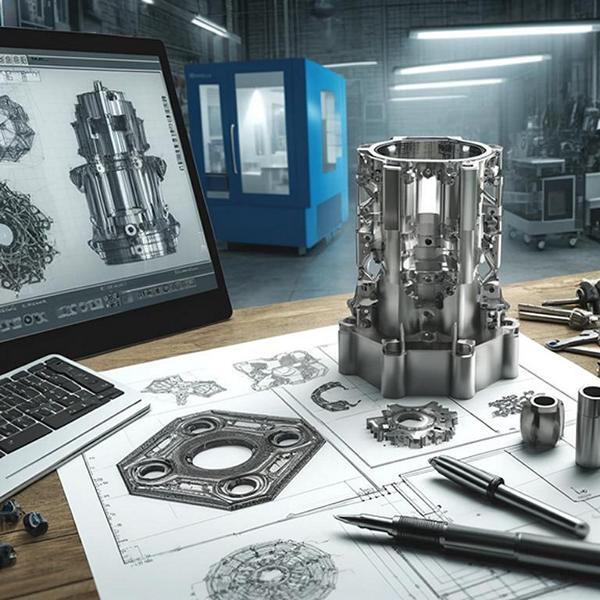
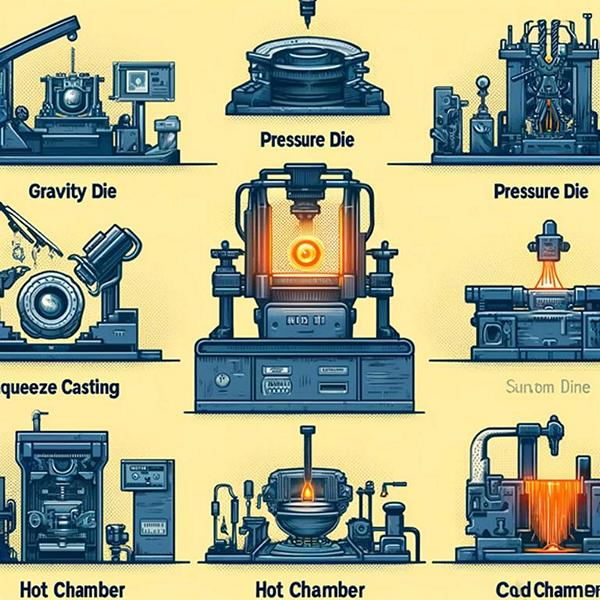
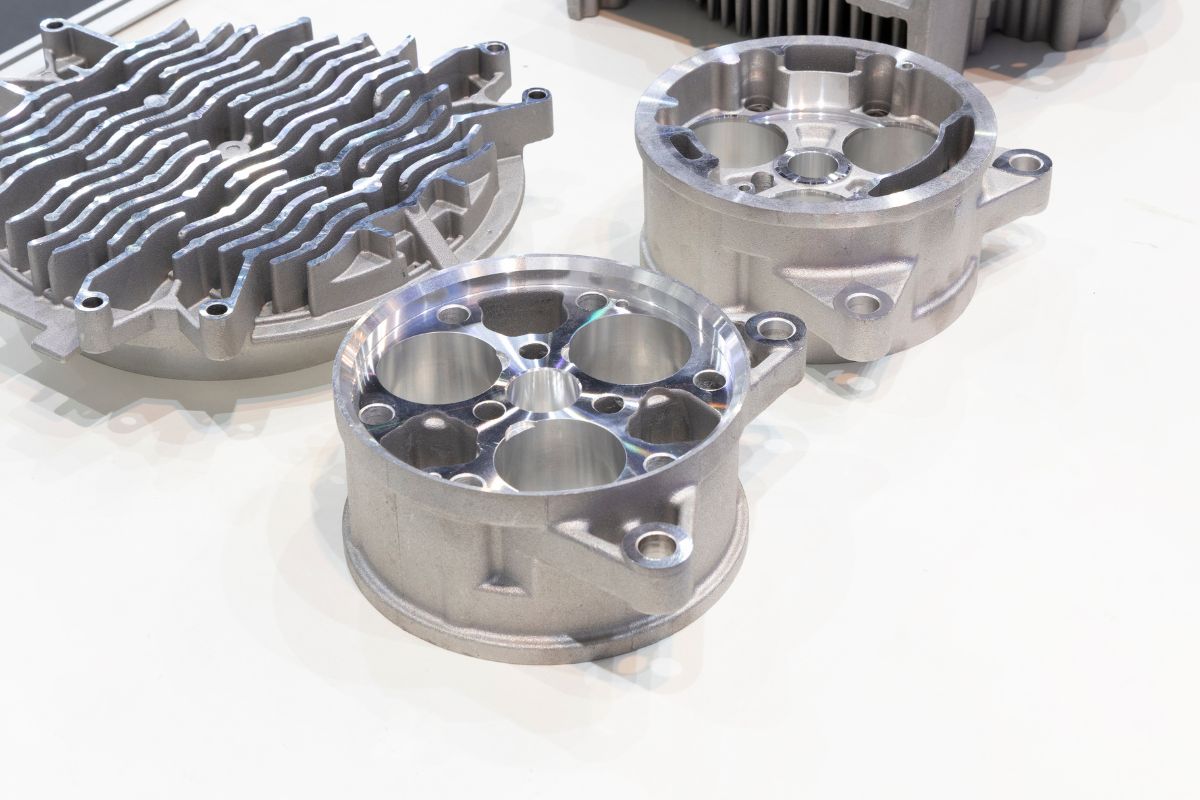
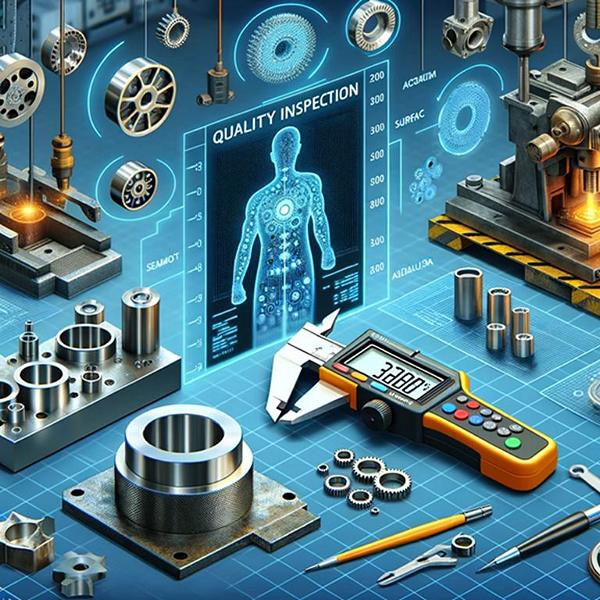
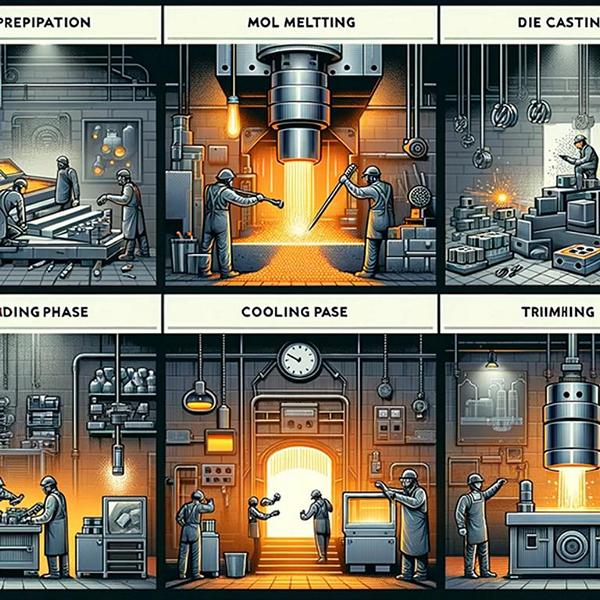
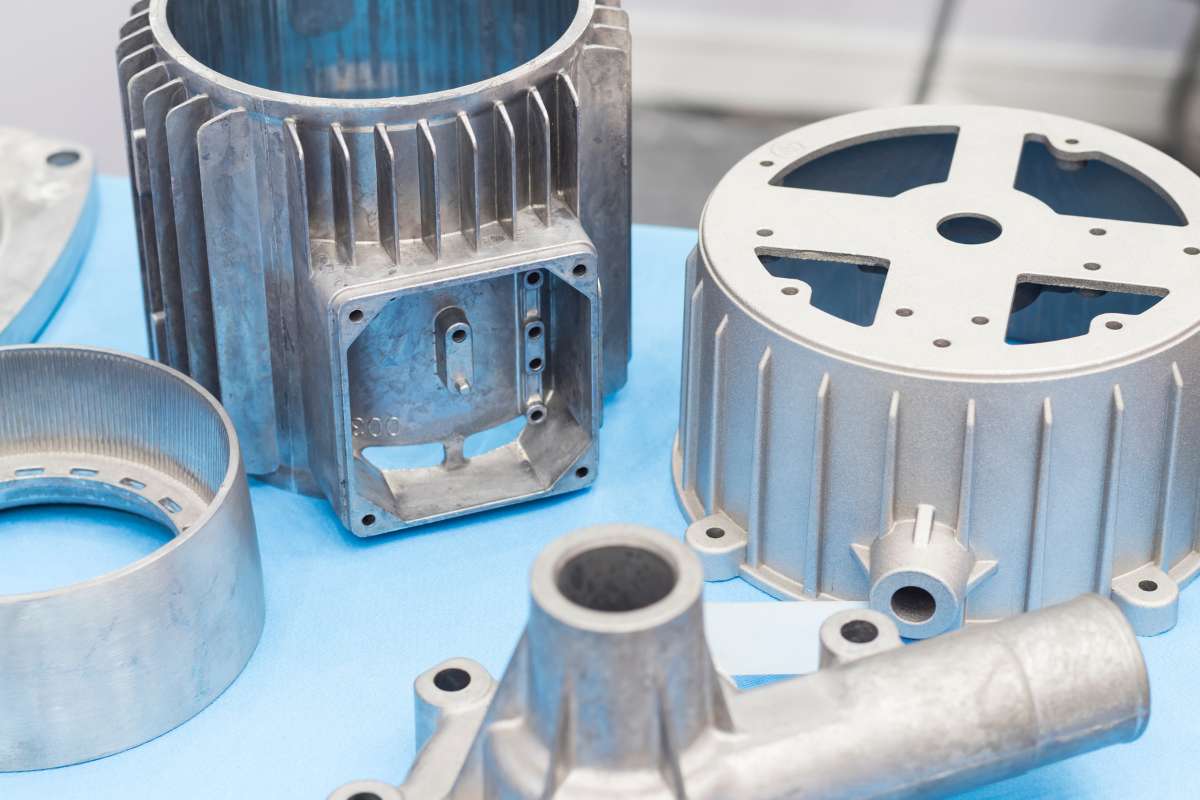

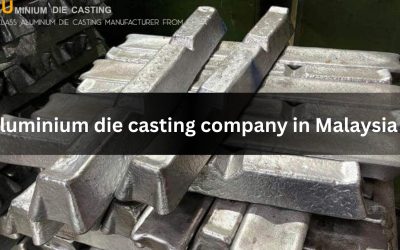

0 Comments